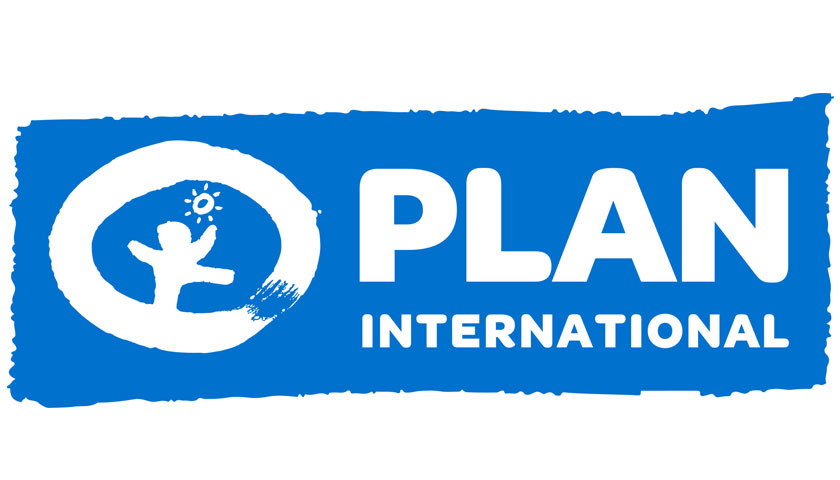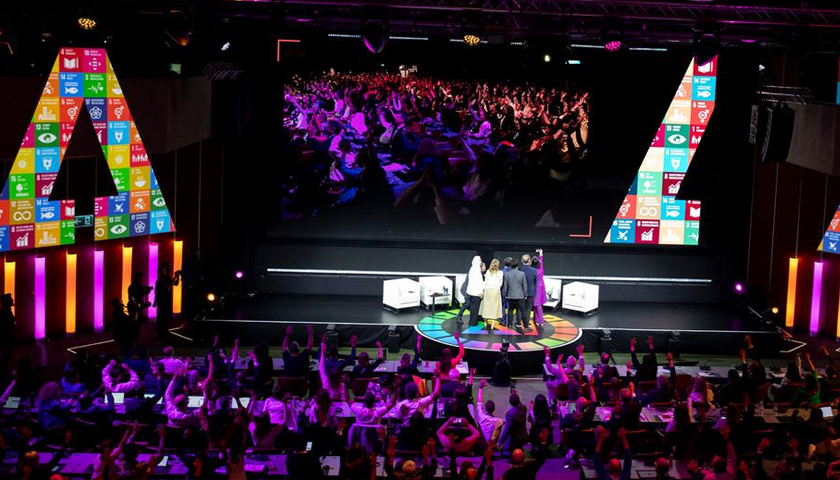More funding and political will is urgently needed to advance gender equality ahead of a critical 2030 deadline.
The world is currently off track for achieving nearly all 17 Sustainable Development Goals (SDGs) adopted by the United Nations eight years ago – including targets critical to advancing girls’ and women’s rights.
At the current rate of progress, the SDGs will make little noticeable difference to the lives of girls and young women, according to new analysis by Plan International published ahead of the 2023 SDG Summit on 18-19 September.
Calling the goals “too important to fail”, as the halfway point for meeting the SDGs approaches, the NGO is calling for renewed focus on gender equality and for greater engagement with girls and young women.
“Despite some hard-won gains, fundamentally, the lives of girls and young women look similar today to how they did in 2015. Every day, they still face significant inequalities,” says Kathleen Sherwin, Plan International’s Chief Strategy and Engagement Officer.
“Halfway to 2030, there’s still time to turn the SDGs around. These goals are too important to fail. But a new approach is needed – one that is comprehensive, intersectional and capable of meeting this moment. We need to see efforts to advance gender equality stepped up, and critically, more girls and young women brought into the fold.”
Most goals are off target
Just one in ten (12%) of SDG targets are currently on track to be met by 2030, despite being adopted by all 191 UN member states in 2015 as part of landmark global commitments to tackle the root causes of poverty and secure a sustainable future. Nearly half of targets are moderately or severely off track.
SDG 5 – which aims to achieve gender equality and empower all women and girls – is among those lagging behind with only 15.4% of indicators of progress currently on track.
In a new report – Goals Off Target: Accelerating the SDGs with girls and young women – Plan International has analysed progress against key SDG indicators in a sample of 26 countries around the world, which span a range of civic and political contexts and income levels.
The analysis found limited improvement in the lives of girls and young women since 2015, with, for example, no meaningful decline in violence against women and girls.
Only two countries, Kenya and Philippines, saw the percentage of adolescent girls aged 15 to 19 report less physical violence in the last 12 months. A majority saw violence increase.
Meanwhile, not a single country included in the study has implemented adequate legislation to support the eradication of gender inequality. This is despite a commitment under the SDGs to implement laws to promote, enforce and monitor gender equality and non-discrimination.
Gaps in data leave girls invisible
Worryingly, progress on all targets is impossible to measure with accuracy because of gaps in data collection. Less than half (47%) of data required to track progress on SDG5 is currently available, leaving the lives and experiences of countless girls and young women invisible.
In addition to SDG 5, a number of the other goals which have seen little or no progress play an important part in reducing gender inequality – for example, goal 2 (zero hunger) and goal 13 (climate action).
Previous research by Plan International and peer NGOs has found that hunger has a profound gendered impact with girls more likely to suffer secondary consequences such as gender-based violence or being taken out of school, and that girls are also disproportionately impacted by the climate crisis.
Interviews with girl and young women activists suggest that although the SDGs provide a useful framework for holding governments to account, they rarely result in meaningful change at community level.
While most activists had heard of the SDGs, eight out of 203 had not – suggesting a need for greater dialogue between international policy makers and grassroots groups.
It will take 131 years to achieve gender equality
“At the current rate of progress, it will take us 131 years to achieve gender equality. The SDGs should be speeding this up – but this won’t happen without the meaningful involvement of girls and young women themselves”, Sherwin continued.
“The energy and commitment of young female activists – as well as the crucial insights which come from their firsthand experiences, as the people most affected by gender inequality and discrimination – could be crucial in turning the SDG agenda around.”
Ahead of the SDG summit, Plan International is calling for increased financial investment in the girls and women’s rights agenda, and more meaningful inclusion of girl and young women activists so they can drive change and deliver the SDG promise of a better world.
As of 2021, it is estimated that women’s rights organisations receive only 0.13% of all Official Development Assistance (ODA) and 0.4 per cent of all gender-related aid. There is also a notable absence of funding available for youth movements from multilateral or bilateral agencies and governments.
The NGO is also calling for investment in data collection to enable better monitoring of progress against the SDGs, and to increase understanding of the challenges and disadvantages that shape girls’ lives.



